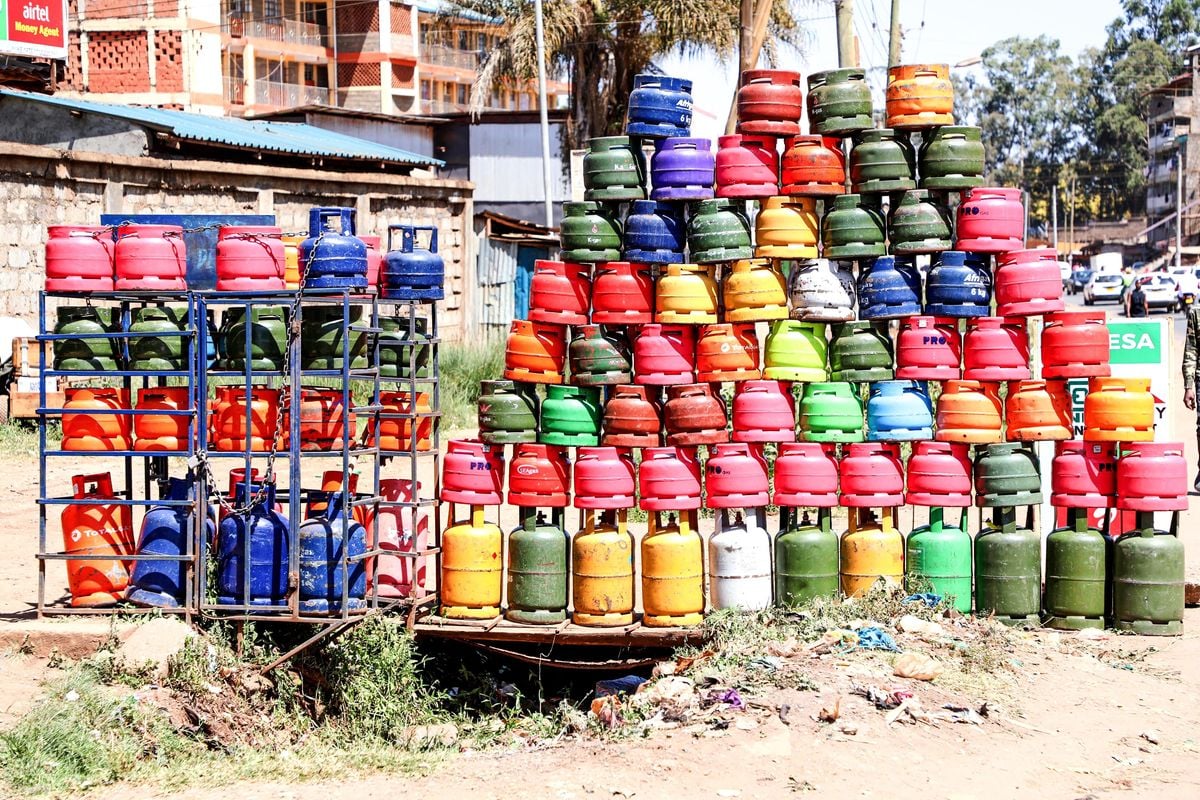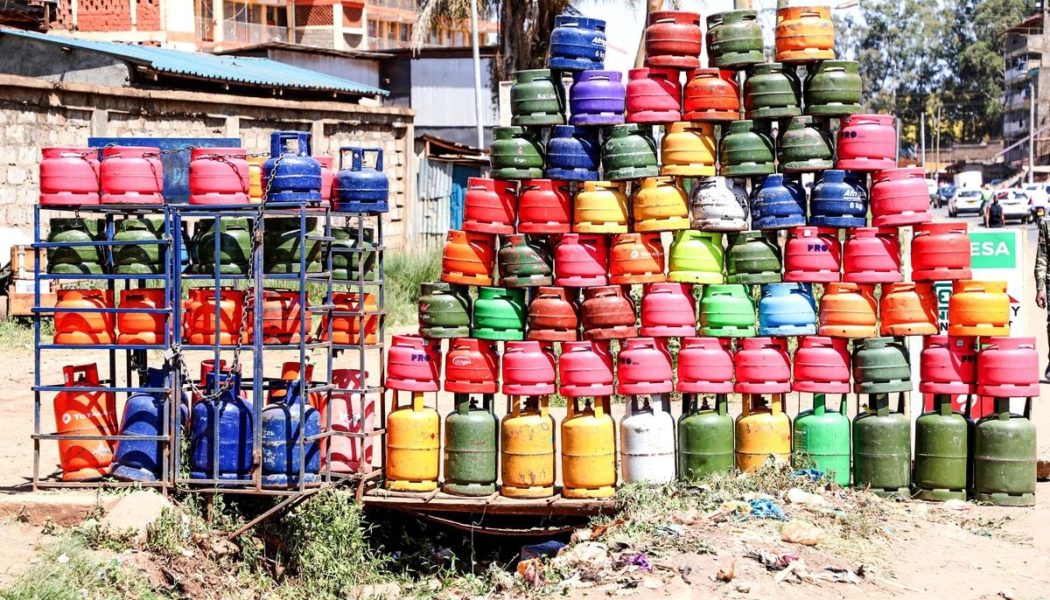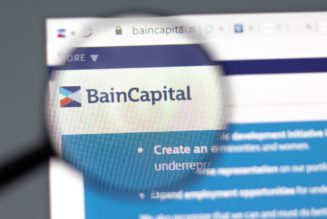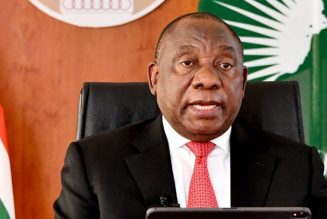
Kenyan households are spending Sh881 more to buy the 13-kg cooking gas due to lack of competition in importation of the commodity, a new government-backed report reveals.
The report of a study on cost of service for the supply of liquid petroleum gas (LPG) by consultants hired by the Energy and Petroleum Regulatory Authority (Epra) shows that the lack of a competitive tender for shipping LPG has left Kenyans accessing a kilo of LPG at a wholesale price of Sh159.7, yet the same would cost Sh91.9 should the importation window be opened to bidding all players.
This means that households could be paying Sh2,400 for the 13-kg cooking gas that is currently retailing at Sh3,200.
Currently, importation of LPG in the country is done by a few players and without bidding, a system Kurrent Technologies Ltd and Channoil Consulting Ltd- the firms hired by Epra to conduct the study- have faulted.
The two consultants propose the use of the Open Tender System (OTS).
Under OTS, local companies bid to import oil monthly, with the lowest bidder or the winner supplying the industry for two months and paying for the cargo within days of delivery.
The OTS system had been used for importation of fuel products like petrol and diesel until March last year when Kenya temporarily switched to a government-to-government deal where Saudi Aramco, Abu Dhabi National Oil Company and Emirates National Oil Company feed the country with the products.
Lack of bidding for the importation of the LPG, the leaked report notes, has seen the product land in Mombasa at prices higher than prevailing market rates.
This has dimmed the use of gas and upped consumption of charcoal as more LPG traders increasingly shun Mombasa and turn to Dar es Salaam for cheaper cooking gas.
While a kilo of LPG would land at Mombasa at Sh87 under a competitive importation process, the product is currently landing at Sh135.3, the report on the cost of service in the supply of petroleum products in Kenya shows.
After landing in Mombasa, other shipment and gas handling costs push the wholesale price to Sh159.7 for a kilo, a price that would come down to Sh91.9 a kilo if the importation window was opened to all players for bidding.
The draft report to Epra notes that while a tonne of LPG is landing in Mombasa at $1,002.4, the cost would come down up to $685.4 under OTS, which requires infrastructure upgrades at the Mombasa port.
“It is our suggestion that the Landed Cost Mombasa is the price that is quoted as a premium to the Saudi contract price. So, in this case the quote would have been CP [contract price] plus $101.4. (This reflects our expectation of what the price should be),” the report notes.
The expensive landing costs leaves the tonne of LPG being sold to wholesalers at $459.7 (Sh59,379) more than it would under OTS, costs that are eventually passed on to households.
The two consultants found that due to the high prices in Mombasa, some Kenyan traders have been sourcing LPG from Tanzania even as thousands of households turn to charcoal to avoid costly cooking gas.
“Market data show that there are currently material imports by road from neighbouring countries, primarily from Dar es Salaam. This should not happen because Mombasa has far better infrastructure both for shipping and storage and Dar es Salaam is 400km further away from Nairobi than Mombasa.
“It appears that there are two explanations for this anomaly. The first is that the prices charged at the terminal in Mombasa are too high and the second is that unlicensed operators are finding a way of smuggling gas through the border to avoid regulations. The first seems to be the more plausible explanation,” the report says.
The consultants advised Epra to adopt the OTS system for importation of LPG, which would open up the market for competition and bring down prices. The report notes that under OTS, LPG wholesale prices would drop by between 30 and 114 percent.
“It is our expectation that once the OTS is run the TGP (Terminal Gate Price) should come out at about CP [contract price] plus $140. This compares to the current terminal prices in Mombasa of CP plus $200 for contracted customers and CP plus $300 for uncontracted customers,” the report notes.
“The current TGP in Dar es Salaam with infrastructure, which is considerably inferior, Mombasa is CP plus $200,” it adds.
The report notes that as a result rising LPG prices in Kenya, more households have turned to use of charcoal for cooking, seeing demand for LPG drop since 2021, a health hazard and a deviation from the country’s objective to grow LPG use to 15kg per capita by 2030.
“Until 2021 it [Kenya] seemed well on its way to achieving that. However, the escalation of the war in Ukraine in Feb 2022 disrupted LPG markets and increased prices. This combines with the fact that there is a lack of competition or regulation on imports, resulting in prices being above comparable competitive markets,” the report notes.
Demand for LPG has dropped from 373,865 metric tonnes in 2021 to 360,594 metric tonnes last year as more households turn to use of charcoal, with the cost of cooking by use of charcoal now being cheaper than LPG.
“It is therefore important to keep the cost to cook on LPG in the main urban markets below the cost to cook on charcoal. To do this by keeping the prices through the value chain as low as they would be in a competitive market but ensuring that they will remunerate the investment required to improve the efficiency of the value chain and continue the growth in the market,” the report notes.









